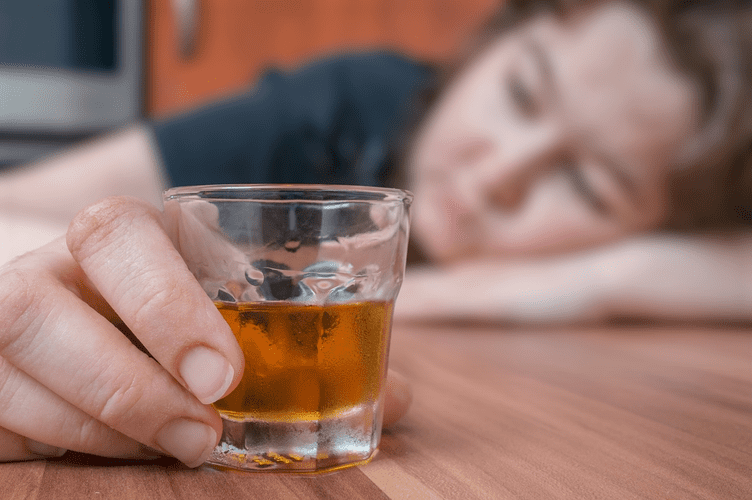Experts
believe that the most effective treatment for many people will be “medication
assisted treatment,” or MAT. MAT involves taking one or more drugs that are intended
prevent opioid misuse. These drugs can reduce cravings for opioid misuse or prevent
opioids from causing a “high.” (Some of the drugs involved in MAT are themselves
opioids.) MAT also involves structured counseling and other support.

Rather than going through withdrawal alone, consider going to a detox facility. There, you’ll be monitored closely by a team of healthcare providers who will help keep you safe and help relieve your withdrawal symptoms. You may be tempted to take more opioid medicine than your taper recommends. Do not start taking any opioids you have at home that you received from other health professionals or visits to the emergency room. Extra opioids, alcohol and drugs can increase your risk of an overdose.
Optimizing the Duration, Retention, and Discontinuation of Medication Treatment for Opioid Use Disorder
Learning about the withdrawal process and ways to get through it is key to a successful, permanent break-up with opiates. Opiate addiction is a growing problem in the United States and around the world. In the United States, there were more than four times as many unintended overdose deaths from prescription pain relievers in 2014 as there were in 1999. If you have withdrawal symptoms, tell your healthcare team right away.
Opioid addiction, also known as opioid use disorder (OUD), is a chronic and relapsing disease that can affect anyone. These initial phases, which can last anywhere from a week to a month, can be followed by long-term withdrawal symptoms. Long-term symptoms are often less physical in nature and may involve emotional or behavioral issues. During the early stages of withdrawal, symptoms begin around six to 30 hours after you stop taking the drug.
Educate yourself on the signs and symptoms of overdose — and be prepared
It’s best not to reverse your taper or start taking a higher dose again. If you try to cut back on your opioids or stop too quickly, you’re more likely to crave them and try to find opioids elsewhere to make your symptoms or pain stop. If you suddenly go back to a bigger dose of opioids after you start tapering, it may increase your risk of an overdose. Unless your life is at risk if you continue, experts don’t suggest tapering from opioids quickly or stopping them all at once.
This research could open new avenues for prevention and treatment of opioid use disorder. Evidence-based approaches to treating opioid addiction include medications and combining medications with behavioral therapy. A recovery plan that includes medication for opioid addiction increases the chance of success. Funding from the NIH HEAL Initiative made it possible to expand the CTN network, which is conducting several new clinical trials.
Opiate Withdrawal: What It Is and How to Cope with It
People who have gone through withdrawal recommend trying to stay as comfortable as possible. Keep your mind occupied with movies, books, or other distractions. Ask your pharmacist where to find boxes where you can drop off unused medication. Your pharmacist also might have special medication-deactivating bags for pill disposal. People who purchase benzodiazepines on the black market wouldn’t expect nitazenes to be a contaminant and could become overdose victims.
Treatment for these symptoms involves tapering off of opioids slowly. Opioids affect the pleasure center of the brain, which can make the whole body want more. If you find yourself craving that next pill or taking opioids just in case pain strikes rather opioid addiction treatment than because severe pain is present, talk to your advocate or your doctor. It might be a sign you are becoming addicted and should stop taking opioids. Ask a trusted household member or other friend or family member to help you manage your medication.
How to Taper off Opiates
Never use any medication for longer than its recommended usage or in larger doses than recommended. If you try to go through withdrawal on your own, you’ll need to be prepared. Try to slowly taper off opiates before you go off them completely. However, given the compulsive nature of addiction, most people find self-regulated tapering to be impossible. Extended use of opiates changes the structure of nerve cells in your brain.
- In the United States, there were more than four times as many unintended overdose deaths from prescription pain relievers in 2014 as there were in 1999.
- Those suits aimed, in part, to recover health care costs for smoking-related illnesses.
- Opioids are most addictive when you take them in a way other than how they were prescribed — for example, crushing a pill so that it can be snorted or injected.
- Last fall a dozen legislators signed a letter urging the Office of National Drug Control Policy to provide more oversight.
You may find that medications like clonidine can diminish some of your symptoms. If you go through withdrawal without medical supervision, you won’t have access to these valuable resources. In the case of acupuncture, several studies demonstrated reduced withdrawal symptoms when combined with certain medicines. The report of studies on Chinese herbal medications found that the herbs were actually more effective at managing withdrawal symptoms than clonidine was.

